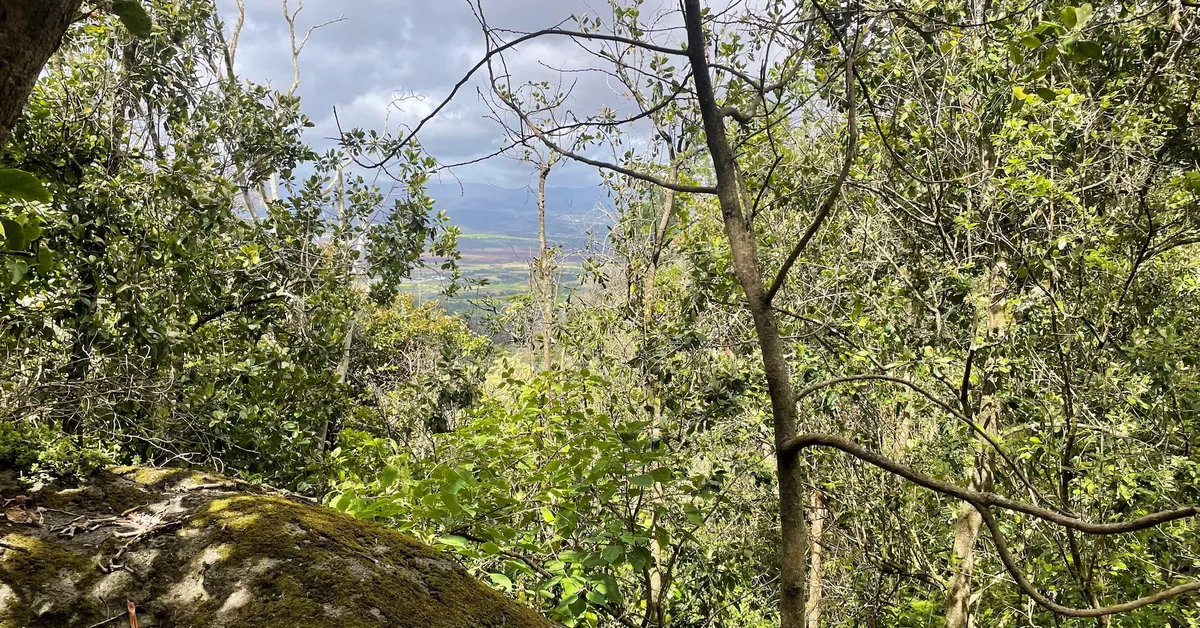
On April 25, 2023, researchers reported a fascinating find in a remote and lushly forested region of the Hawaiian island of Oahu. They discovered a new carnivorous caterpillar species, which has been intriguingly nicknamed the Bone Collector. This unique caterpillar has an unusual survival strategy, scavenging on spider webs for trapped victims, including ants, beetles, weevils, and flies.
The Bone Collector caterpillar displays remarkable ingenuity in its quest for survival. To evade predation by spiders, it camouflages itself by creating a protective case from its own silk. This case is further adorned with the inedible body parts of deceased insects, effectively disguising the caterpillar from its potential predators. According to researcher Rubinoff, this behavior allows the caterpillar to thrive 'in the lion's den,' utilizing the spider's web as a source of food and possibly shelter.
As the caterpillar matures, it undergoes metamorphosis, eventually transforming into a moth characterized by brown and white coloration. While many caterpillars primarily consume vegetation, the Bone Collector is part of a rare group of predatory caterpillars, making up less than 0.13% of the estimated 200,000 moth and butterfly species worldwide.
The Bone Collector exhibits a rather gruesome feeding habit, preying on weakened or deceased insects that become ensnared in spider webs located in tree hollows and rock crevices. These caterpillars are not just scavengers; they can also resort to cannibalism, engaging in attacks on other caterpillars of the same species when the opportunity arises. This behavior enhances their survival in a precarious ecological niche.
The nickname Bone Collector is inspired by a fictional serial killer from Jeffery Deaver's 1997 novel and the subsequent 1999 film of the same name. Rubinoff notes that the term was fitting for the caterpillar's gruesome lifestyle, even though arthropods, including insects and spiders, do not possess bones in the traditional sense.
This carnivorous caterpillar inhabits a small patch of mountain forest, spanning only 5.8 square miles (15 square km) in the Waianae mountain range. Despite two decades of intensive fieldwork, only 62 individual Bone Collector caterpillars have been observed, underscoring their precarious existence. Invasive species pose the most significant threat to their survival, even in protected areas, as they disrupt native habitats and lead to the decline of indigenous species.
The Bone Collector is a previously unidentified species within the Hyposmocoma group of moths that are native to Hawaii. This group includes hundreds of species that have existed for approximately 12 million years, with the Bone Collector believed to descend from a lineage more than 5 million years old. Understanding this unique caterpillar and its ecological role can provide valuable insights into the intricate workings of our planet's ecosystems.
As Rubinoff concludes, the more we learn about the diverse strategies employed by living organisms, the better equipped we will be to address the challenges facing biodiversity today.